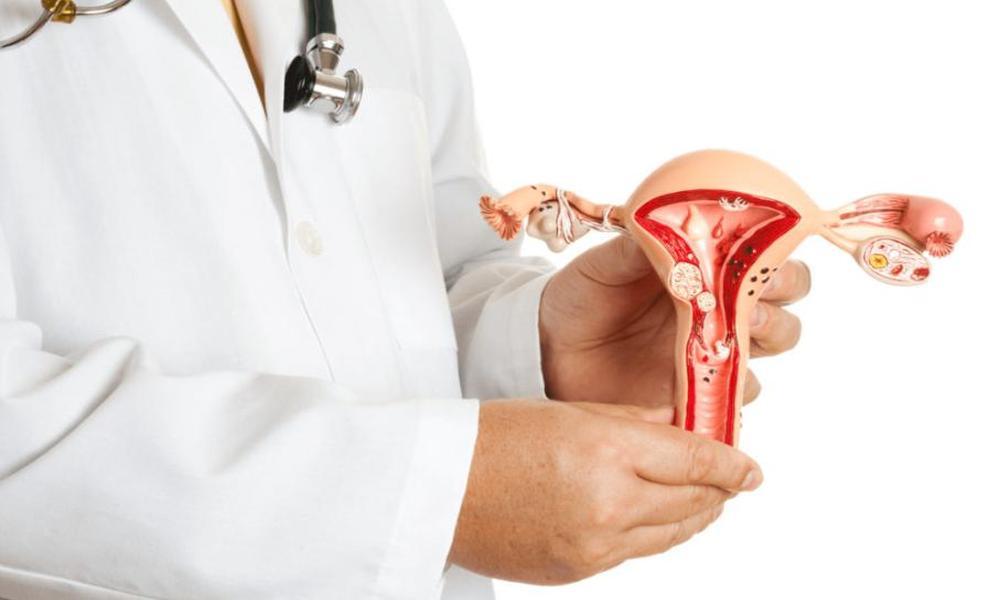Fibroid embolization is a revolutionary medical procedure that offers hope and relief to countless women suffering from the painful and debilitating effects of uterine fibroids. This minimally invasive treatment is gaining recognition as a safe and effective alternative to traditional surgery. In this comprehensive guide, we will delve into the world of embolization, shedding light on what it is, how it works, and the numerous benefits it offers to those seeking relief from uterine fibroids.
What is Fibroid Embolization?
Fibroid embolization, also known as uterine artery embolization (UAE), is a non-surgical procedure designed to treat uterine fibroids. Uterine fibroids are benign growths that develop in the muscular wall of the uterus and can lead to a range of distressing symptoms, including heavy menstrual bleeding, pelvic pain, and pressure on nearby organs.
It works by blocking the blood supply to these fibroids, causing them to shrink and alleviating the associated symptoms. This procedure offers a less invasive alternative to traditional surgical approaches, such as hysterectomy (removal of the uterus) or myomectomy (removal of individual fibroids).
The Process of Fibroid Embolization
Understanding the fibroid embolization process is essential for anyone considering this treatment option:
1. Consultation and Evaluation
The journey begins with a consultation with a healthcare provider, typically an interventional radiologist. During this consultation, the patient’s medical history is reviewed, and a thorough evaluation of the uterine fibroids is conducted. The healthcare provider will assess the size, number, and location of the fibroids to determine if embolization is an appropriate treatment option.
2. Pre-procedure Preparation
Before the procedure, patients may undergo some routine tests, such as blood work and imaging, to ensure they are in good health and to aid in treatment planning. Patients will also receive instructions on fasting and medication use in the days leading up to the procedure.
3. The Embolization Procedure
On the day of the procedure, the patient is positioned on the examination table, and local anesthesia is administered to numb the area. A small incision is made in the groin or wrist, and a catheter is inserted into the artery that supplies blood to the uterus. Using real-time X-ray guidance (fluoroscopy), the interventional radiologist guides the catheter to the uterine arteries that feed the fibroids.
4. Embolization
Once the catheter is in place, tiny particles, usually made of plastic or gelatin, are injected through the catheter and into the uterine arteries. These particles block the blood flow to the fibroids, depriving them of oxygen and nutrients. As a result, the fibroids begin to shrink over time.
The Benefits of Fibroid Embolization
It offers numerous advantages that make it an attractive option for women dealing with uterine fibroids:
1. Minimally Invasive
Unlike traditional surgical approaches, fibroid embolization is minimally invasive, requiring only a small incision. This means less pain, reduced risk of infection, and quicker recovery times.
2. Preserves the Uterus
One of the most significant benefits of fibroid embolization is that it allows women to preserve their uterus. This is especially important for those who wish to have children in the future, as it does not involve the removal of the uterus.
3. Effective Symptom Relief
It has been shown to effectively alleviate the symptoms associated with uterine fibroids. Many women experience a significant reduction in heavy menstrual bleeding, pelvic pain, and pressure on nearby organs.
4. Shorter Recovery Time
Compared to traditional surgery, which often requires several weeks of recovery, fibroid embolization allows for a much shorter recovery time. Most women can return to their normal activities within a few days to a week.
5. Minimal Scarring
Since fibroid embolization involves only a small incision, it results in minimal scarring, both internally and externally.
Conclusion
In the world of women’s health, fibroid embolization has emerged as a groundbreaking solution for those suffering from uterine fibroids. This minimally invasive procedure offers hope, symptom relief, and the preservation of the uterus—all while minimizing the drawbacks associated with traditional surgery.





